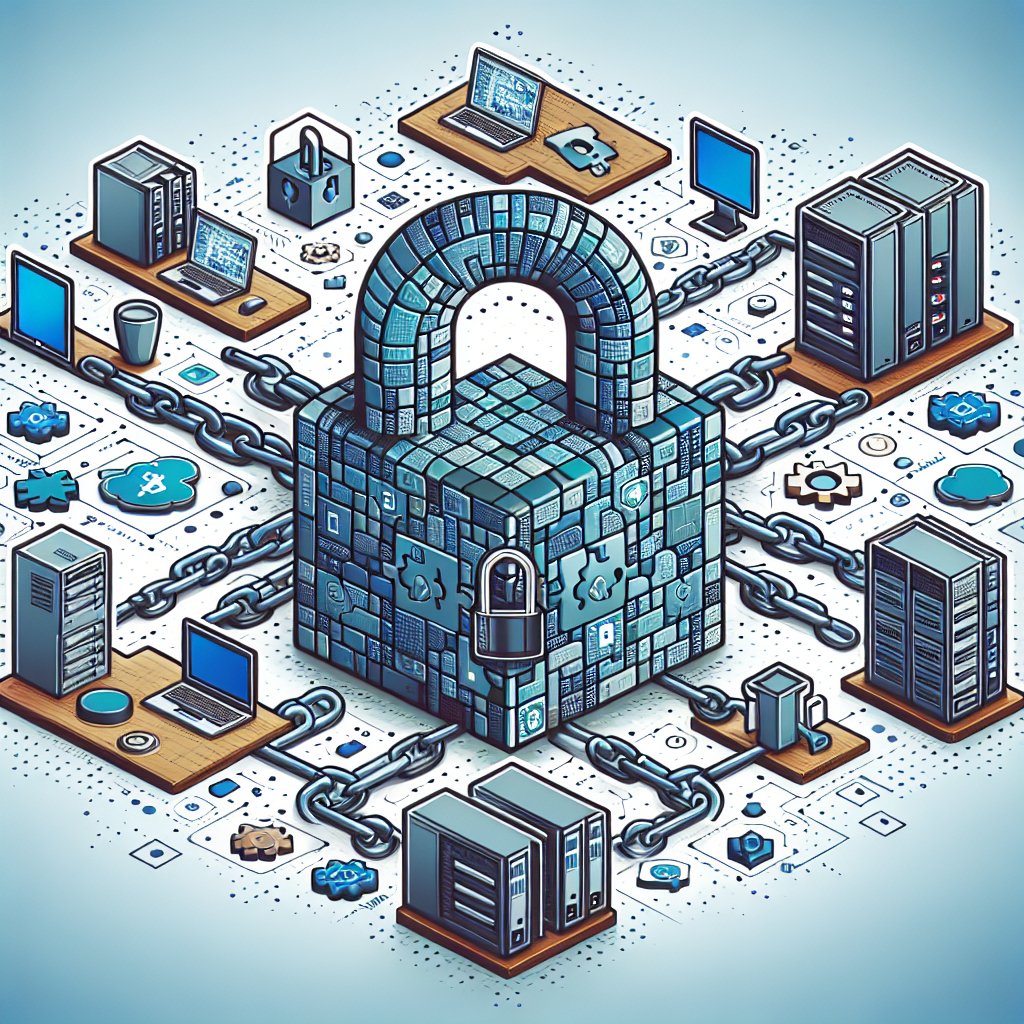The role of security cameras in physical business security cannot be overstated, as they serve as a critical component in safeguarding assets, ensuring employee safety, and deterring criminal activity. In an era where businesses face a myriad of threats, from theft to vandalism, the implementation of a robust surveillance system has become essential. This article delves into the various aspects of security cameras, their benefits, and best practices for integration into a comprehensive security strategy.
Understanding the Importance of Security Cameras
Security cameras have evolved significantly over the years, transitioning from basic analog systems to advanced digital solutions equipped with high-definition video, remote access, and intelligent analytics. Their importance in business security can be categorized into several key areas:
- Deterrence of Criminal Activity: The mere presence of security cameras can deter potential criminals from targeting a business. Studies have shown that establishments with visible surveillance systems experience lower rates of theft and vandalism.
- Evidence Collection: In the unfortunate event of a crime, security cameras provide crucial evidence that can aid law enforcement in investigations. High-quality video footage can be instrumental in identifying suspects and securing convictions.
- Monitoring Employee Behavior: Security cameras can also be used to monitor employee behavior, ensuring compliance with company policies and promoting a safe work environment. This can help in addressing issues such as harassment or workplace misconduct.
- Remote Monitoring: Modern security systems allow business owners to monitor their premises remotely via smartphones or computers. This capability provides peace of mind, especially for those who manage multiple locations.
Types of Security Cameras
Understanding the different types of security cameras available is crucial for businesses looking to enhance their physical security. Each type serves specific purposes and comes with its own set of features:
1. Analog Cameras
Analog cameras are traditional surveillance devices that transmit video signals to a recording device. While they are generally less expensive, they offer lower resolution compared to digital cameras. They are suitable for small businesses with basic security needs.
2. IP Cameras
Internet Protocol (IP) cameras are digital cameras that transmit data over a network. They provide higher resolution images and can be accessed remotely. IP cameras are ideal for larger businesses that require advanced features such as motion detection and video analytics.
3. PTZ Cameras
Pan-Tilt-Zoom (PTZ) cameras can be remotely controlled to pan, tilt, and zoom in on specific areas. This flexibility makes them suitable for monitoring large areas, such as parking lots or warehouses, where a fixed camera may not suffice.
4. Dome Cameras
Dome cameras are often used in retail environments due to their discreet design. They can be mounted on ceilings and are less likely to be tampered with. Their 360-degree view makes them effective for monitoring wide areas.
5. Thermal Cameras
Thermal cameras detect heat signatures, making them useful for nighttime surveillance or in low-light conditions. They are particularly beneficial for businesses that operate 24/7 or have outdoor areas that require monitoring after dark.
Integrating Security Cameras into a Comprehensive Security Strategy
While security cameras are a vital component of physical business security, they should be integrated into a broader security strategy to maximize their effectiveness. Here are some best practices for doing so:
1. Conduct a Security Assessment
Before installing security cameras, businesses should conduct a thorough security assessment to identify vulnerabilities and determine the best locations for camera placement. This assessment should consider factors such as entry and exit points, high-traffic areas, and potential blind spots.
2. Choose the Right Technology
Investing in the right technology is crucial for effective surveillance. Businesses should consider factors such as resolution, storage capacity, and remote access capabilities when selecting security cameras. Additionally, integrating cameras with other security systems, such as alarms and access control, can enhance overall security.
3. Ensure Compliance with Privacy Laws
Businesses must be aware of and comply with local privacy laws regarding surveillance. This includes informing employees and customers about the presence of security cameras and ensuring that cameras are not placed in areas where individuals have a reasonable expectation of privacy, such as restrooms or changing rooms.
4. Regular Maintenance and Updates
To ensure optimal performance, security cameras require regular maintenance and software updates. Businesses should establish a routine for checking camera functionality, cleaning lenses, and updating firmware to protect against vulnerabilities.
5. Train Employees on Security Protocols
Employees should be trained on the importance of security cameras and how to respond in the event of an incident. This training can include recognizing suspicious behavior, understanding how to access camera footage, and knowing the proper procedures for reporting security concerns.
Future Trends in Security Camera Technology
The landscape of security camera technology is continually evolving, driven by advancements in artificial intelligence (AI), machine learning, and cloud computing. Here are some future trends that businesses should be aware of:
1. AI-Powered Analytics
AI-powered analytics can enhance the capabilities of security cameras by enabling features such as facial recognition, object detection, and behavior analysis. These technologies can help businesses identify potential threats more quickly and accurately.
2. Cloud-Based Storage Solutions
Cloud-based storage solutions offer businesses the ability to store and access video footage remotely, reducing the need for on-site storage devices. This not only saves physical space but also provides enhanced security against data loss due to theft or damage.
3. Integration with Smart Technologies
As smart technologies become more prevalent, security cameras will increasingly integrate with other smart devices, such as smart locks and alarms. This interconnectedness will allow for more comprehensive security solutions that can be managed from a single platform.
4. Enhanced Cybersecurity Measures
With the rise of cyber threats, businesses must prioritize cybersecurity measures for their surveillance systems. This includes implementing strong passwords, regular software updates, and network security protocols to protect against unauthorized access.
Conclusion
The role of security cameras in physical business security is multifaceted, providing essential benefits that extend beyond mere surveillance. By understanding the various types of cameras, integrating them into a comprehensive security strategy, and staying informed about future trends, businesses can significantly enhance their security posture. As threats continue to evolve, so too must the strategies employed to protect assets, employees, and customers. Investing in a robust security camera system is not just a precaution; it is a necessary step toward ensuring the long-term success and safety of any business.



